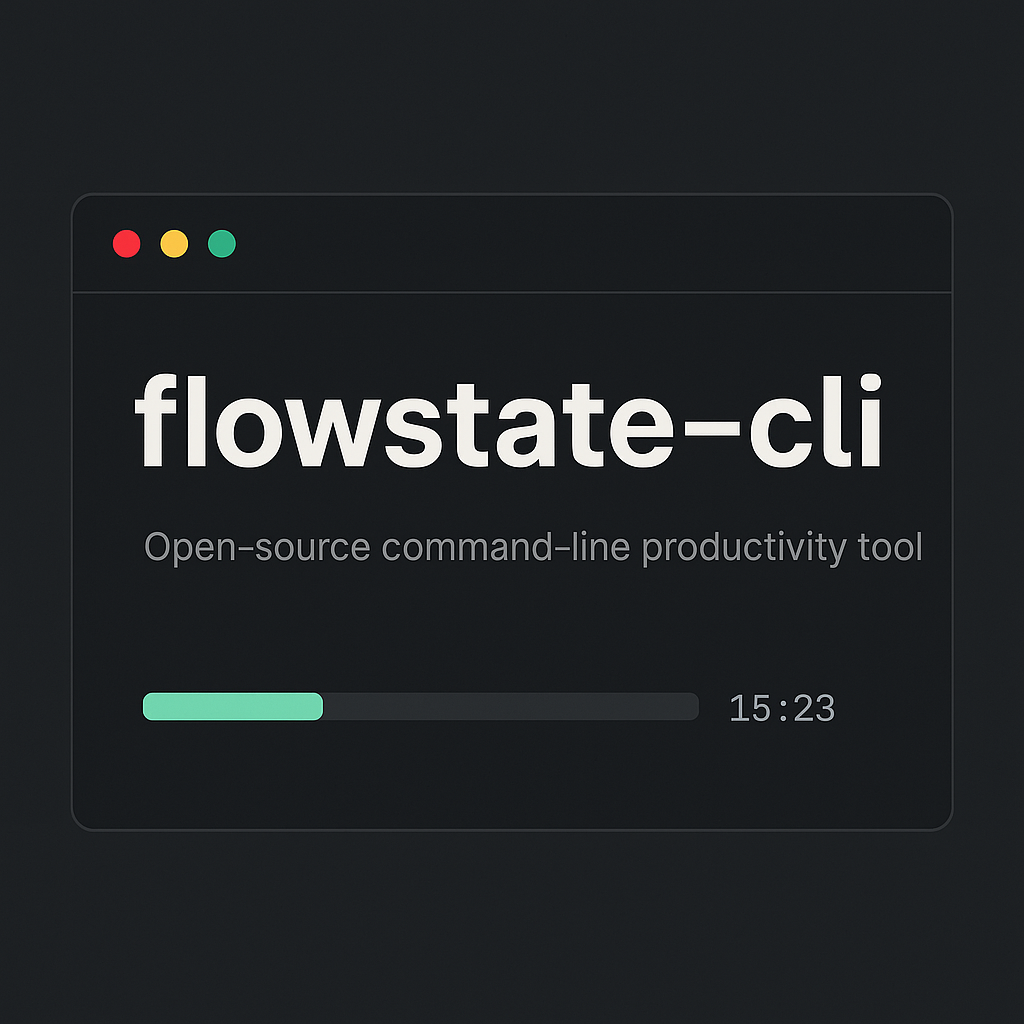Overview
The BTC Prediction project is a machine learning system designed to forecast Bitcoin price movements using historical data. The goal is to provide traders and investors with data-driven insights for making more informed decisions in the volatile cryptocurrency market.
Project Structure
Data Collection & Processing
The project begins with comprehensive data collection:
- Historical price data: OHLCV (Open, High, Low, Close, Volume) data at various intervals
- Data preprocessing: Handling missing values, normalization, and feature scaling
- Time series validation: Creating appropriate train/test splits that respect temporal order
Data Visualization
Visualizations are created to understand Bitcoin’s behavior:
- Price trends: Time series plots of Bitcoin price movements
- Volatility analysis: Visualization of price volatility over different periods
- Correlation studies: Relationships between Bitcoin and other financial metrics
- Technical indicator visualization: Visual representation of engineered features
Feature Engineering
The system leverages various technical indicators as features:
- Moving averages: Simple and exponential moving averages across different windows
- Daily returns: Percentage and logarithmic returns
- Momentum indicators: RSI, MACD, and other technical analysis metrics
- Volatility measures: Bollinger bands, ATR, and standard deviation of returns
Model Building
The project employs multiple predictive models:
- Time series models: ARIMA/SARIMA for baseline predictions
- Machine learning classifiers: For directional price movement prediction
- Regression models: For price value forecasting
- Deep learning approaches: LSTM networks for capturing complex temporal patterns
Evaluation & Prediction
Model performance is evaluated using:
- Directional accuracy: Ability to predict price movement direction
- RMSE/MAE: Error metrics for price value predictions
- Backtesting: Simulated trading strategies based on model predictions
- Comparison with baselines: Performance against random and naive forecasting methods
Technical Implementation
The entire system is implemented in Python using key libraries:
- Pandas: For data manipulation and preprocessing
- Matplotlib: For data visualization and insights
- Scikit-learn: For machine learning algorithms and evaluation
- NumPy: For numerical operations
Future Improvements
Planned enhancements include:
- Incorporating additional data sources like market sentiment
- Implementing more sophisticated deep learning architectures
- Creating a real-time prediction API
- Developing risk management overlays for trading strategies



